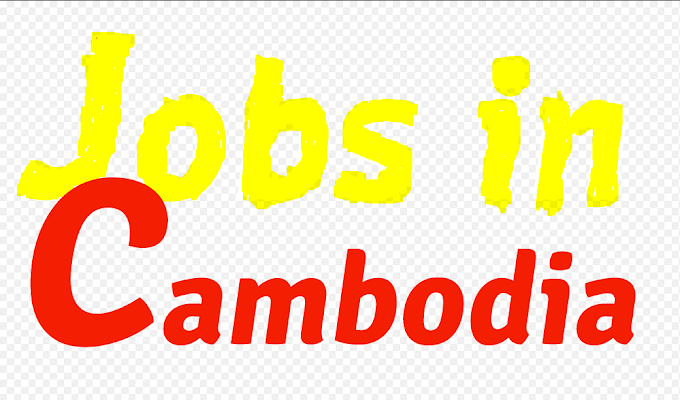Consonant is typically used to refer to the repetition
of ending sounds that are consonants, but it can refer to repetition of
consonant sounds within the word as well. Often, consonance is used to create a
rhyme or cadence.
Consonance differs from alliteration and assonance.
Alliteration,
remember, is the repetition of a sound at the beginning of a word. Assonance is
the repetition of a vowel sound.
Consonance is the repetition of a consonant sound and is
typically used to refer to the repetition of sounds at the end of the word, but
also refers to repeated sounds in the middle of a word.
Examples of Consonance:
1. Pitter Patter, Pitter Patter-repetition of the "t,"
and "r" sounds.
2. The lint was sent with the tent-repetition of the
"nt" sound.
3. I think I like the pink kite-repetition of the "k"
sound.
4. I held my nose in the breeze so I would not sneeze on your
knees-repetition of the "z" sound (caused by "z" and
"s").
5. Her foot left a print on the carpet-repetition of the
"t" sound.
6. Odds and ends-repetition of the "d" and
"s" sounds.
Examples of Consonance in Literature:
1. William Blakes "Tyger": "TygerTyger, burning
bright-repetition of the "g" and "r" sounds.
2. Shakespeare's Sonnet 64: "Increasing store with loss and
loss with store"-repetition of the "s" sound at the beginning of
"store" and end of "loss".
3. William Butler Yeats' "The Man Who Dreamed of
Fairyland": "Old silence bids its chosen race rejoice, / whatever
raveled waters rise and fall / Or stormy silver fret the gold of day"-repetition
of the "r" sound.
Letter of Consonant
The word consonant is also used to refer to
a letter of an alphabet that denotes a consonant sound. The
21 consonant letters in the English alphabet are B, C, D, F, G, H, J, K, L, M, N, P, Q, R, S, T, V, X, Z,
and usually W and Y. The letter Y stands for the consonant /j/ in yoke,
the vowel /ɪ/ in myth,
the vowel /i/ in funny,
and the diphthong /aɪ/ in my.
W always represents a consonant except in combination with a vowel letter, as in growth, raw,
and how, and in a few loanwords from Welsh,
like crwth or cwm.
In
some other languages, such as Finnish, y only represents a
vowel sound.
Source: Wikipedia





0 Comments